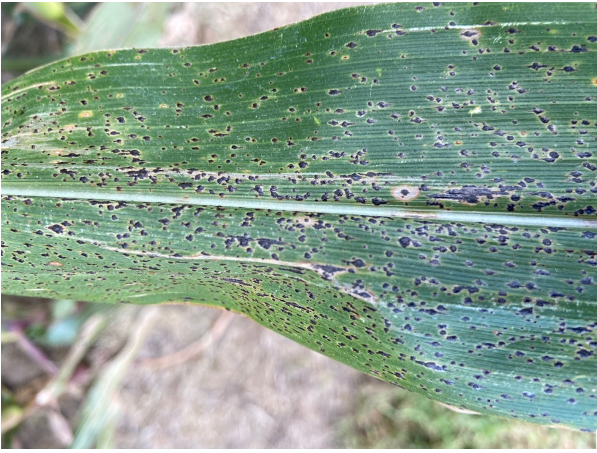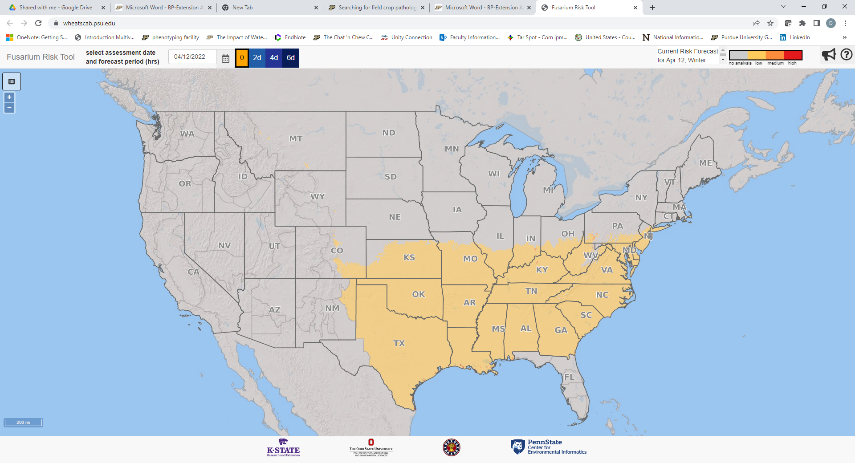
In Indiana, tar spot has been an annual concern since 2018 when growers experienced 20-60 bu/A loss.


In Indiana, tar spot has been an annual concern since 2018 when growers experienced 20-60 bu/A loss.

Farmers and crop specialists: please help us with a tar spot and fungicides survey

Tar spot continues to be found in Indiana and our first confirmation of southern corn rust happened this week (Figures 1 and 2).

Yes, we have found active tar spot in Indiana.

Thanks for listening to Purdue Crop Chat, a regular podcast from Hoosier Ag Today and the Purdue University Extension Service, featuring Purdue Extension soybean specialist Dr. Shaun Casteel and Extension Corn Specialist Dr. Dan Quinn.

Due to its relatively recent U.S. discovery and its ability to cause significant production and economic losses, tar spot is often a topic of angst and anxiety amongst corn farmers and agronomists in Indiana.

It is important to monitoring for diseases to make an informed decision if a fungicide is necessary.

Wheat in Indiana is starting to head out in southern Indiana and flowering will probably start this weekend.

Support from the SCN Coalition and National Soybean Board will continue to provide FREE soybean cyst nematode (SCN) soil testing this spring to Indiana growers. If you have trouble fields that you have not had a recent SCN test please consider sending in a soil sample to test for SCN. This program will support one sample per Indiana farm to be submitted to the SCN Diagnostics at the University of Missouri. Please print off a form here https://ag.purdue.edu/btny/ppdl/Documents/PPDL-3-W%20SCN%20Survey-MO.pdf to include with your soil sample. Additional samples will cost $25/each. Pack the samples in a box and cushion the samples with packing material so the bags don’t break open during shipping. Ship to: SCN Diagnostics 1054 East Campus Loop University of Missouri Columbia, MO 65211-5315 To soil sampling for SCN The equipment you need for sampling soil for soybean cyst nematode (SCN) is the same equipment you use for taking a[Read More…]

There are a few resources available for monitoring field crop diseases here in Indiana.
© 2024 Purdue University | An equal access/equal opportunity university | Copyright Complaints | Maintained by Pest&Crop newsletter
If you have trouble accessing this page because of a disability, please contact Pest&Crop newsletter at luck@purdue.edu.